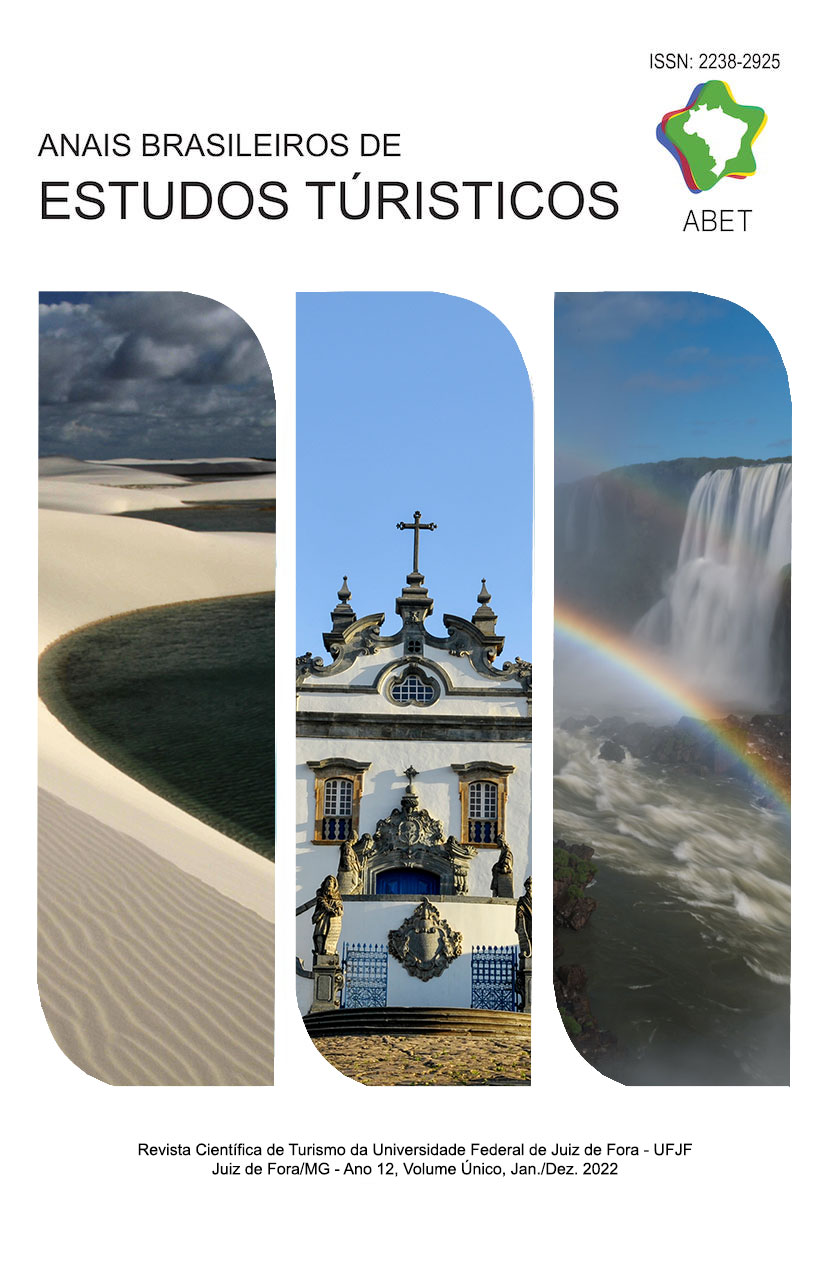Economic and Noneconomic Determinants on Indian Inbound Tourism
DOI:
https://doi.org/10.5281/zenodo.7361657Keywords:
India, Regression models, Inbound tourism, DeterminantsAbstract
This study was intended to study and analyze the impact of economic and non-economic determinants on Indian inbound tourism using time series data from 2011 to 2020. The data was collected encompassing 20 top FTA receiving countries to India. The study focuses on 18 possible determinants instrumental in Indian Inbound tourism. Initially, these 18 determinants were identified on the basis of opinion propounded by experts from industry and academia. Then the content analysis was done from 126 empirical research papers to arrive at its inclusion. Having explored these determinants for Indian Inbound tourism, an analysis was done by pooled and fixed-effects models of multiple regression. A Country-wise data set was used to found country-specific determinants of foreign tourists' arrival to India. The results shows that the Consumer Price Index (CPI), Gross Domestic Products (GDP), Purchasing Power Parity (PPP) are economic determinants having a positive impact on the Number of Foreign Tourist Arrivals while Climate, Culture, Common Language and Religion as noneconomic determinants which also have positive impact on the dependent variable and are statistically significant whereas, the factors like Bilateral Trade, Exchange rate, Relative price, and Safety and Security at destination sites have found no statistically significant impact on Indian inbound tourism.
Downloads
Downloads
Published
How to Cite
Issue
Section
License
Copyright (c) 2022 Anais Brasileiros de Estudos Turísticos

This work is licensed under a Creative Commons Attribution 4.0 International License.
This journal provides immediate open access to its content, following the principle that providing free scientific knowledge to the public provides greater democratization of world knowledge.
Authors must agree to the following terms relating to copyrights:
(a) Authors keep all copyright and grant the to the journal the right of first publication, with the work simultaneously licensed under the Creative Commons Attribution License that allowing job sharing with recognition of authorship of the work and initial publication in this journal.
(b) Authors are allowed to assume additional contracts separately, for non-exclusive distribution of the version of the work published in this journal (e.g. publish in institutional repository or book chapter), with recognition of authorship and initial publication in this magazine.
(c) Authors are allowed and are encouraged to publish and distribute their work online (e.g. in institutional repositories or on your personal page) since they do not do this before or during the editorial process, as this can generate productive interchange, as well as increase the impact and citation of work aired. (See Effect of Free Access).















